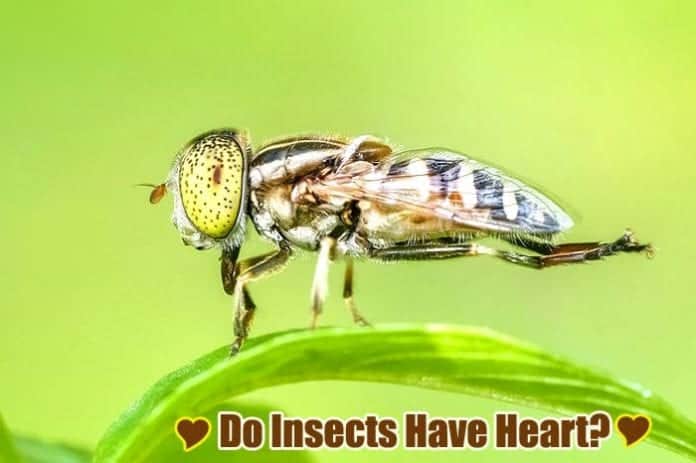
Table of Contents
Do Insects Have Hearts?
![]()
Insect’s Circulatory System
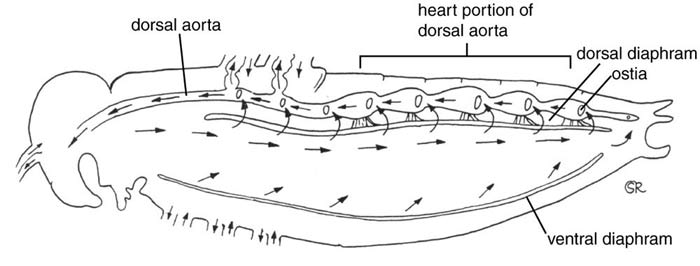
As mentioned earlier, insects have a circulatory system but this is comprised of neither veins nor arteries. Interestingly, they have a so-called “open circulatory system“. This is of course unlike human circulatory system where the blood never leaves the blood vessels.
- Inside their exoskeletons lies a fluid-filled body cavity known as the hemocoel[1] . Inside this body cavity are the organs all suspended in the fluid hemolymph, which is synonymous to the blood of higher organisms.
![]()
The Insect Heart
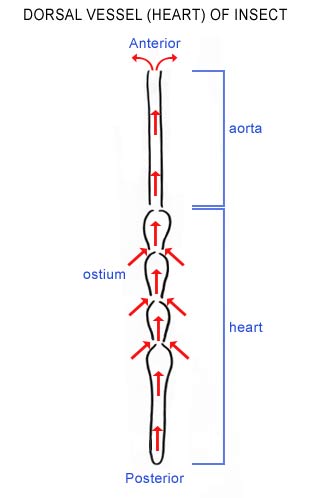
Hemolymph is forced to circulate by specialized organs known as the dorsal vessel. Interestingly, this seemingly tubular structure is considered as the insect’s heart. Branching from the “heart” are the blood vessels that deliver the fluid to various locations in the insect’s body.
The dorsal vessel is suspended in the hemocoel by muscular ligaments. Each chamber of the dorsal vessel comprises of the alary muscles[2] that either contract or expand to control the flow of hemolymph. Meanwhile, the anterior portion of the dorsal vessel with no such muscles attached is called the aorta.
- Hydrostatic pressure created by muscle contractions helps push the hemolymph from one location to the next, helping it move to the head and the thorax.
- Based on the diagrammatic illustration, one blood vessel can be found running the dorsal side of the insect’s body (head to abdomen). The insect heart wall has various perforations (known as ostia) that functions as the passageways of hemolymph to enter from the hemocoel.
![]()
What Composes of Insect Blood?
The hemolymph is generally composed of mostly watery plasma and just about ten percent hemocytes. Unlike vertebrate blood, the hemolymph does not contain any red blood cells; hence, the hemolymph tends to be yellow to green in color.
- The hemolymph[3] is important in the transportation and regulation of the movement of substances like nutrients, hormones, and wastes around the insects’ bodies. Aside from that, it also functions in the maintenance of the body shape and locomotion as well as protection from pathogens and parasites.
- Furthermore, the hemolymph is essential in carrying out essential physiological and metabolic functions like molting, reproduction, hatching, and overall survival.
Want more illustrations? Check out this video.
![]()
The circulatory system of insects just revealed how evolution had drastically changed the process of pumping blood. And although the structure is somewhat less complex to the common “heart” we know, it still can function as such. Amazing isn’t it?
![]()
Cite This Page
References
- [1] – “Arthropod Biology and Evolution – Molecules, Development, Morphology” by Alessandro Minelli, Geoffrey Boxshall, Giuseppe Fusco Editors. Accessed September 23, 2017. Link.
- [2] – “The Insect Heart”. Accessed September 23, 2017. Link.
- [3] – Wyatt, G. R., and G. F. Kalf. “THE CHEMISTRY OF INSECT HEMOLYMPH : II. TREHALOSE AND OTHER CARBOHYDRATES.” The Journal of General Physiology. July 20, 1957. Accessed September 23, 2017. Link.





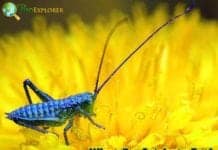
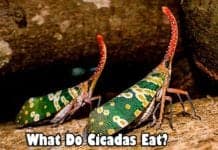
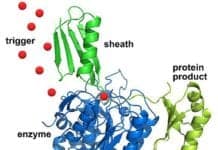















[…] “Do Insects Have Hearts?” BioExplorer: Exploring Life On Earth. Accessed May 31, 2018. […]
Nice article!